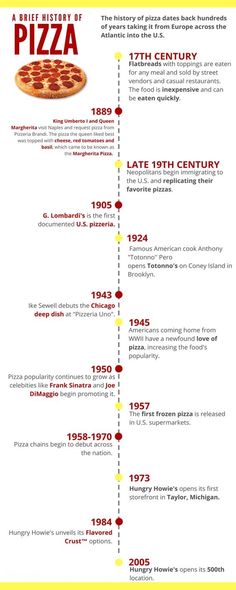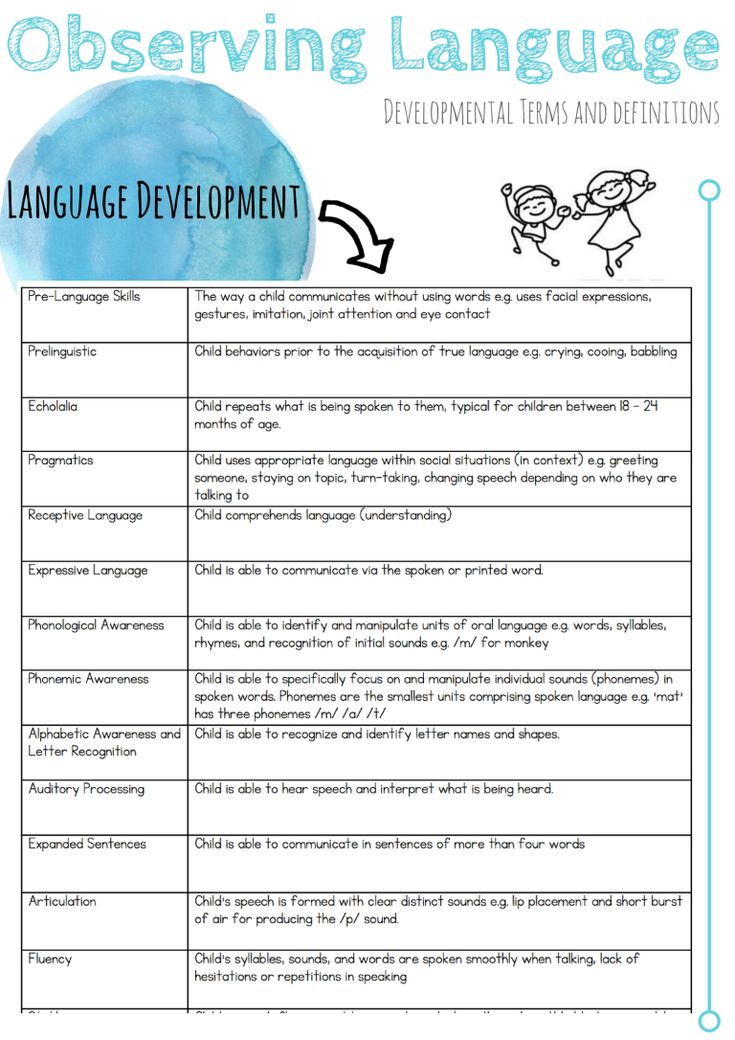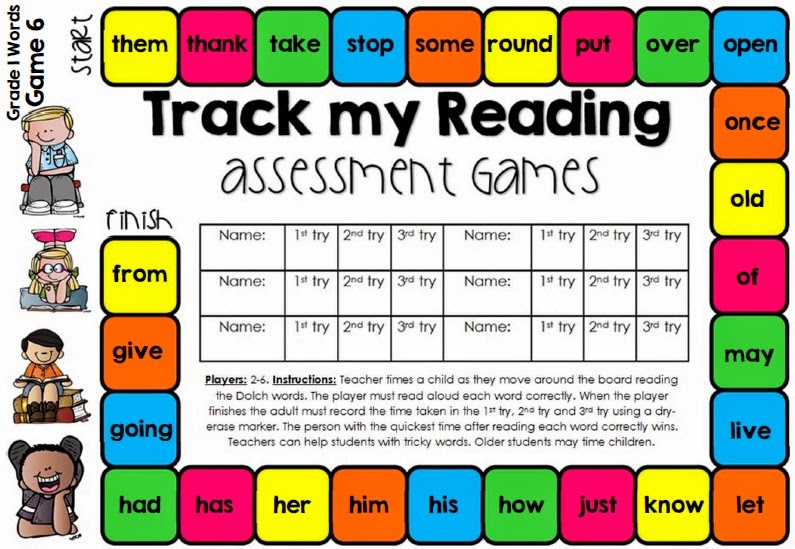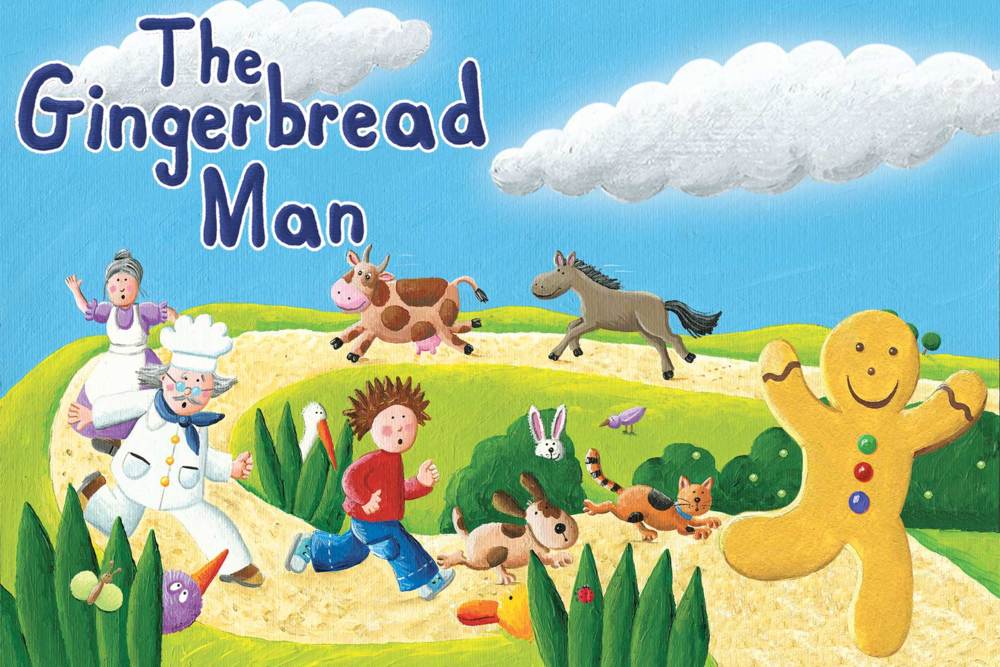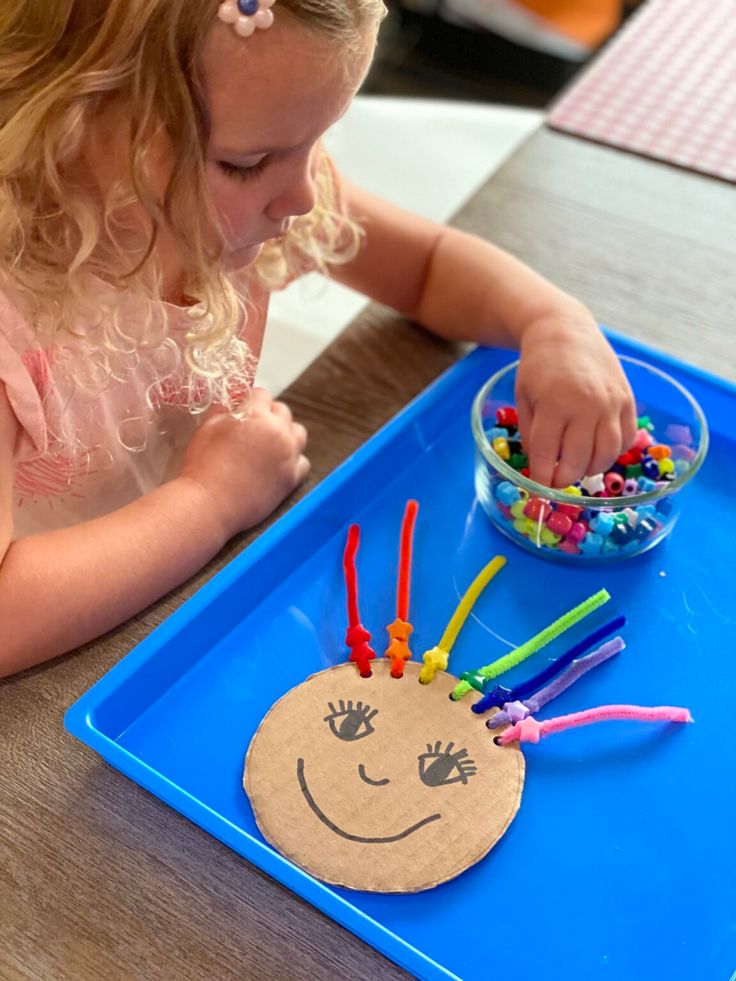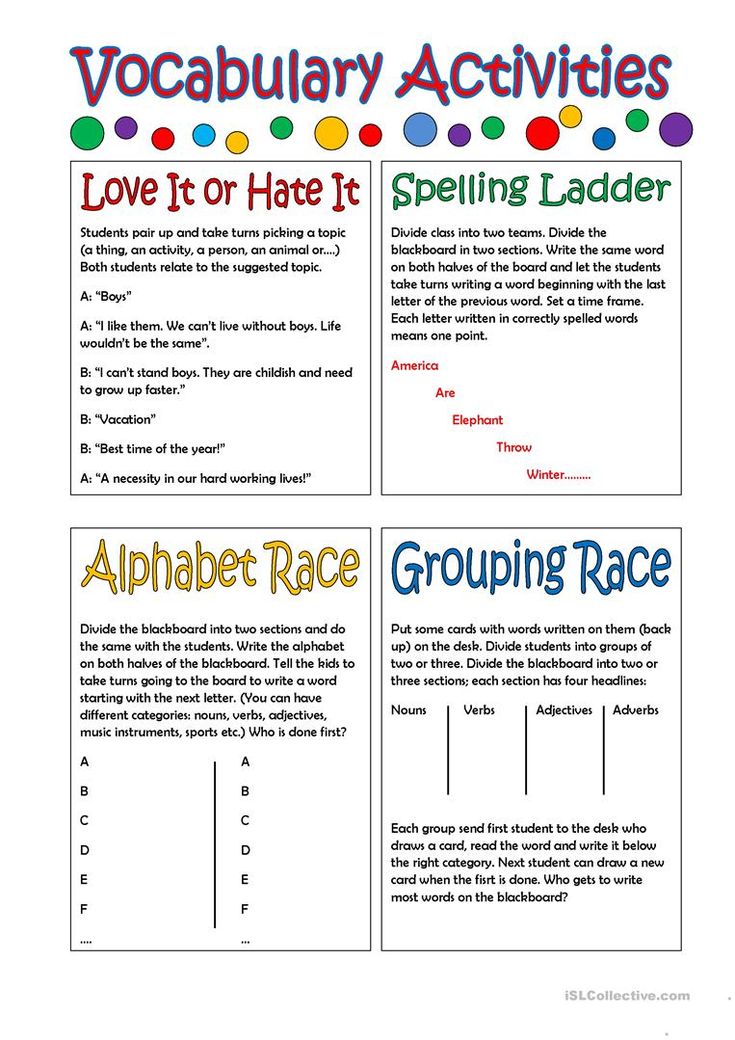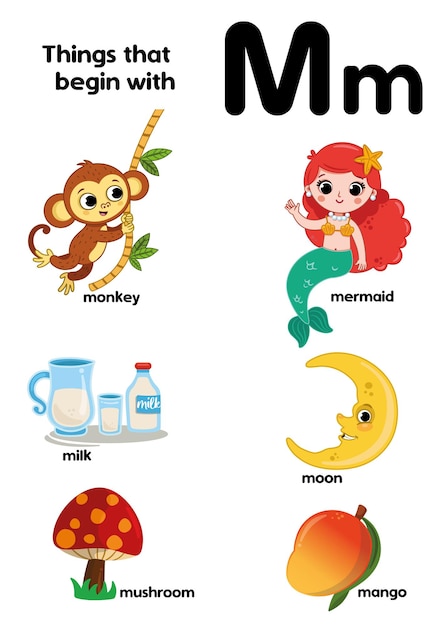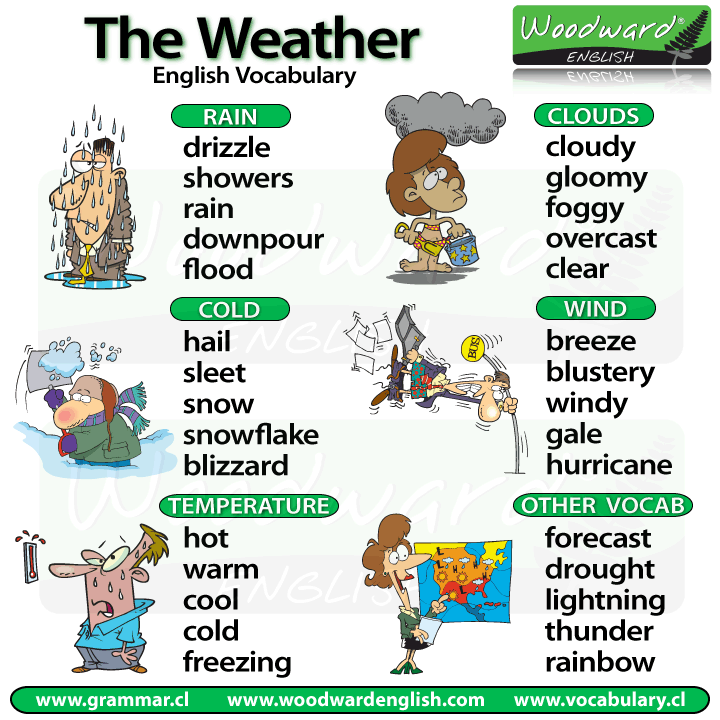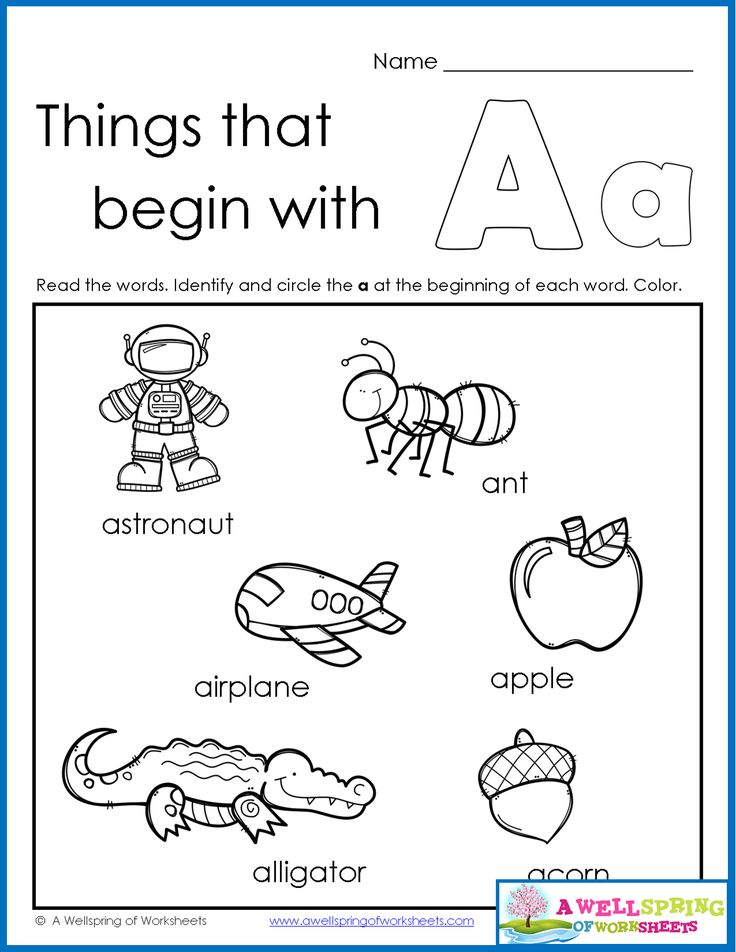Stories about pizza
Children's books about pizza
This post may contain affiliate ads at no cost to you. See my disclosures for more information.
If I had to guess what foods American children like best, pizza would definitely be at or near the top of my list. The combination of tomato sauce and mozzarella cheese along with the option to fill the pizza with favorite toppings makes pizza such a mouth watering food.
In this post I have compiled a list of 15+ children’s books about pizza. This list includes mostly fiction stories, although I also reviewed a couple of non-fiction books as well. I hope your children enjoy these kid-friendly books about pizza!
Pete’s a Pizza by William Steig
It is raining outside, and Pete is feeling upset because now he can’t play ball with his friends. His father comes up with a creative way to cheer him up – by turning him into a pizza! His father sets Pete down on the kitchen table. And then, as if Pete was the dough, begins to knead and stretch and throw him.
Next, his father oils and flours the dough (by sprinkling water and talcum powder on Pete). When the dough is ready, his father adds tomato slices (which are really checkers) and cheese (which is really torn paper). Once the toppings are all added and Pete the pizza is baked (on the couch), his father carries him to the table to get sliced. At that point, Pete takes off running! Fortunately, turning Pete into a pizza helped him feel better. After reading this book, both of my kids wanted to be turned into pizzas just like Pete. 🙂 Ages 3 to 7.
“Hi, Pizza Man!” by Virginia Walter
This is a very simple book, and my kids adored it. The story follows a girl who announces to her mom that she is hungry. The mom assures her that the pizza man will arrive soon with their meal. The mom then asks the girl, “What will you say when the doorbell rings and we open the door?” The girl responds, “Hi, Pizza Man!” So then the mom asks her what she will say if it’s a pizza woman.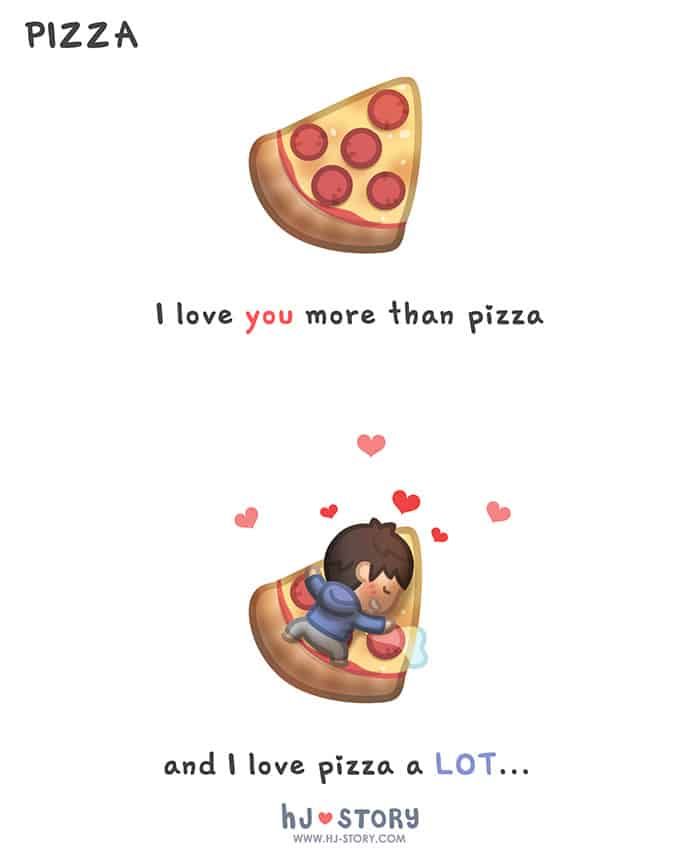 The girl responds, “Hi, Pizza Woman!” And what if it’s a pizza kitty, the mom asks? Or a pizza dog? Or a pizza duck? Young readers will laugh out loud as the girl imagines a variety of different animals coming to deliver her pizza and how she will great each one of them. Ages 3 to 8.
The girl responds, “Hi, Pizza Woman!” And what if it’s a pizza kitty, the mom asks? Or a pizza dog? Or a pizza duck? Young readers will laugh out loud as the girl imagines a variety of different animals coming to deliver her pizza and how she will great each one of them. Ages 3 to 8.
If you read this book with your kids, 1+1+1=1 has a kindergarten literature unit to go along with this story.
Pizza-Pie Snowman by Valeri Gorbachev
Pinky the pig is heading in to town to pick up a pizza with his favorite toppings – mushrooms, mozzarella cheese, fresh tomatoes, onions, and peas. He encounters many distractions along the way, including getting covered in snow, but he remains steadfastly focused on his goal of getting to the pizza shop. Thus, he doesn’t waiver even when everyone in town is exclaiming over a walking snowman. Only after he gets home and finishes the pizza with his mom does he set out to find the walking snowman everyone was talking about. Young children will be delighted at Pinky’s mistake in not realizing that *he* was the walking snowman everyone was talking about! Ages 3 to 7.
Secret Pizza Party by Adam Rubin
This fun and quirky story comes from the author and illustrator team who brought us the delightful book Dragons Love Tacos. Raccoon loves pizza, but because he is a raccoon he rarely gets to eat it. So he decides to have a secret pizza party at his house to enjoy all the pizza he wants. He disguises himself to order pizza at the local pizza shop, and then runs out before paying for the pizza. He runs as fast as he can, but gets chased by raccoon-sniffing broom-bots (yes, the story is quirky!). Eventually he makes it home with his pizza to begin his secret pizza party. But then he discovers an actual secret pizza party going on next door with lots of people and lots of pizza. Raccoon disguises himself to attend the party, but it isn’t long before he is discovered and the party goers are chasing after him again! Ages 3 to 8.
Pizza by Frank Asch
One evening Papa Bear and Mama Bear decide to go out to dinner at the new pizza parlor in town. Baby Bear has never tried pizza, and isn’t sure he will like it, but Mama Bear and Papa Bear assure him that he will. When the pizza finally arrives, Baby Bear lets it cool a bit and then tries a bite. He loves it! Baby Bear felt that he had never tasted something so yummy. That night he dreams of pizza. The next morning, his parents offer him several things for breakfast, but the only thing he wants is more pizza! Ages 3 to 7.
Baby Bear has never tried pizza, and isn’t sure he will like it, but Mama Bear and Papa Bear assure him that he will. When the pizza finally arrives, Baby Bear lets it cool a bit and then tries a bite. He loves it! Baby Bear felt that he had never tasted something so yummy. That night he dreams of pizza. The next morning, his parents offer him several things for breakfast, but the only thing he wants is more pizza! Ages 3 to 7.
Little Nino’s Pizzeria by Karen Barbour
This sweet tale of family and love takes place against the backdrop of Little Nino’s Pizzeria, owned by the narrator’s dad. The narrator loves helping his dad makes pizza, pick up plates after the customers have finished, and carry out the dirty dishes. Little Nino’s Pizzeria is so successful that the dad decides to open a new restaurant called Big Nino. However, the narrator can no longer help in the dining room without a waiter tripping on him. And when he tries to help in the kitchen, the chef pushes him away.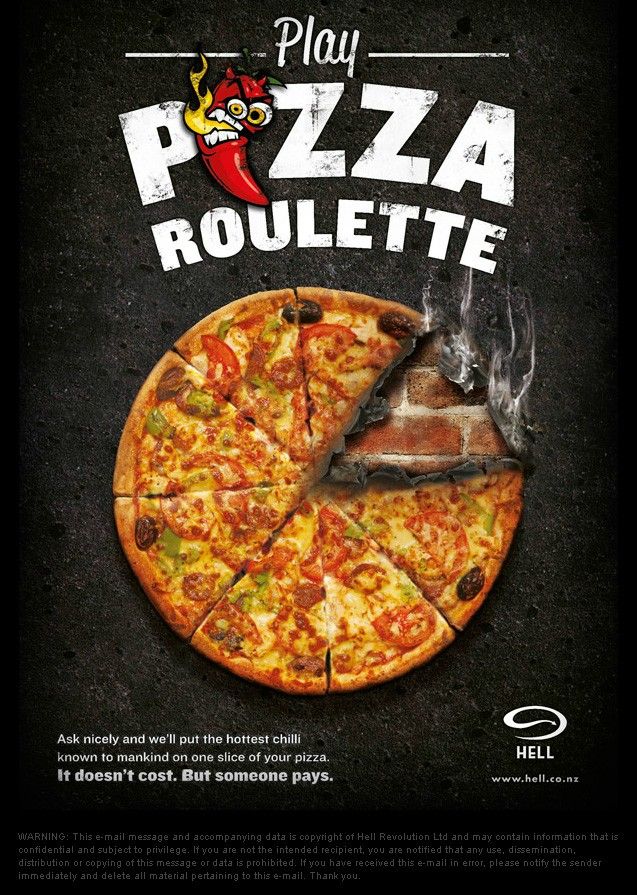 The narrator goes home feeling very sad. But one night his father returns from Big Nino feeling extra tired. He wants to get back to how things used to be. So the dad and narrator re-open Little Nino’s to continue delivering the best pizza in the world as a happy family once again. Ages 3 to 6.
The narrator goes home feeling very sad. But one night his father returns from Big Nino feeling extra tired. He wants to get back to how things used to be. So the dad and narrator re-open Little Nino’s to continue delivering the best pizza in the world as a happy family once again. Ages 3 to 6.
Pizza at Sally’s by Monica Wellington
This story explains all the steps that Sally the pizza maker goes through to make and deliver her delicious pizza to hungry customers. She gets tomatoes from the community garden, wheat from far away farms, and cheese from the shop next door. Then she opens her pizzeria in the morning and begins to prepare the ingredients. Soon hungry customers come in or place orders over the phone. Young children will enjoy seeing the entire pizza making process that Sally goes through from getting her ingredients to delivering delicious pizza in her pizzeria. The back of the book includes a recipe to make Sally’s pizza. Ages 2 to 7.
The Little Red Hen (Makes a Pizza) by Philomen Sturges
Upon spying a can of tomato sauce in her cupboard, the little red hen decides to make a pizza. She asks her friends if they have a pizza pan she can borrow, but upon hearing that none do she runs to the store to buy one. Then she discovers she has no flour. She asks if any of her friends will run to the store to pick up flour, but none offer to do so. So the little red hen goes the supermarket and buys some flour. Then she discovers she has no mozzarella cheese. Again, none of her friends will go to the store to get it, so the little red hen goes herself. This continues on and on, with no one willing to help make the dough or make the toppings, so little red hen does it all by herself. Finally, the pizza is ready and it is HUGE! Little red hen asks her friends if they would like some pizza, and her friends all said yes. Thankfully, they all agree to help wash the dishes afterwards as well.
She asks her friends if they have a pizza pan she can borrow, but upon hearing that none do she runs to the store to buy one. Then she discovers she has no flour. She asks if any of her friends will run to the store to pick up flour, but none offer to do so. So the little red hen goes the supermarket and buys some flour. Then she discovers she has no mozzarella cheese. Again, none of her friends will go to the store to get it, so the little red hen goes herself. This continues on and on, with no one willing to help make the dough or make the toppings, so little red hen does it all by herself. Finally, the pizza is ready and it is HUGE! Little red hen asks her friends if they would like some pizza, and her friends all said yes. Thankfully, they all agree to help wash the dishes afterwards as well.
Lorenzo, the Pizza-Loving Lobster by Claire Lordon
One day when Lorenzo the lobster is walking on the beach, he meets a seagull who is eating pizza. The seagull shares some pizza with Lorenzo, who thinks it is so delicious that he rushes home to tell all his friends about it.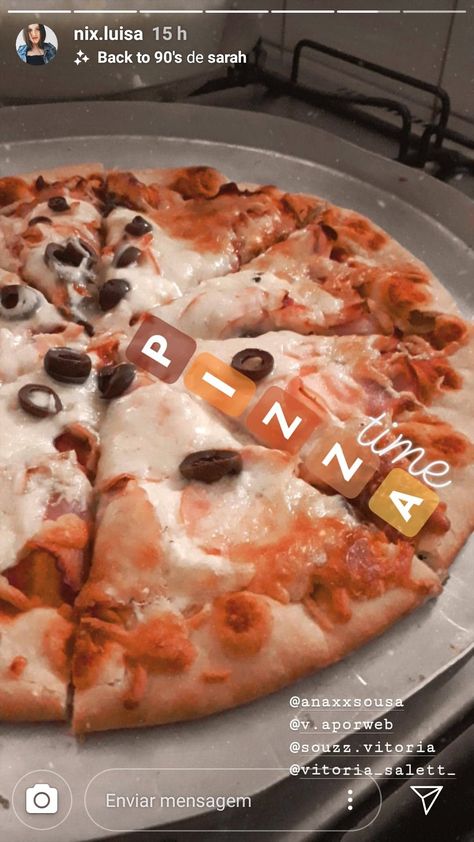 Lorenzo and his friends decide to make pizza, but Lorenzo can’t quite remember the ingredients. The first pizza Lorenzo and his friends make has seaweed and kelp paste. But it doesn’t taste quite right. So they try making a pizza with kelp dough, squid ink, algae, and coral rings. But that doesn’t taste right either. His friends eventually leave, thinking that pizza actually tastes pretty awful. As his friend leaves, she smells something wonderful. A vendor is selling pizza on the beach! She buys some and brings it to Lorenzo to share. They enjoy the pizza, and they study it carefully to know how to make it properly the next time. Young children will laugh with delight at all the strange ingredients Lorenzo and his friend try to make their own pizza. Ages 3 to 8.
Lorenzo and his friends decide to make pizza, but Lorenzo can’t quite remember the ingredients. The first pizza Lorenzo and his friends make has seaweed and kelp paste. But it doesn’t taste quite right. So they try making a pizza with kelp dough, squid ink, algae, and coral rings. But that doesn’t taste right either. His friends eventually leave, thinking that pizza actually tastes pretty awful. As his friend leaves, she smells something wonderful. A vendor is selling pizza on the beach! She buys some and brings it to Lorenzo to share. They enjoy the pizza, and they study it carefully to know how to make it properly the next time. Young children will laugh with delight at all the strange ingredients Lorenzo and his friend try to make their own pizza. Ages 3 to 8.
Pizza in Pienza by Susan Fillion
This book not only introduces young readers to the city of Pienza, Italy, it also provides a history lesson focused on pizza. For example, did you know that pizza originated in Naples, Italy as a peasant food sold by the slice? And the Pizza Margherita was named after the Queen when it was created by a pizza maker who wanted a green, white, and red pizza to honor the Italian flag? Pizza lovers ages 4+ will enjoy this brief history of pizza.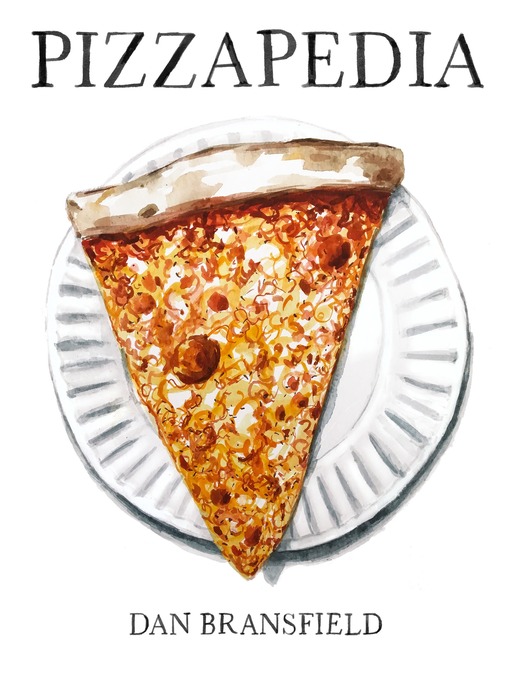
Pizza for the Queen by Nancy F. Castaldo
One day, Raffaele the pizza maker receives a request to make pizza for the queen. He feels honored and sets out to make some delicious pizzas for the queen so she will know what a Napoli pizza tastes like. He goes shopping for ingredients and then comes back to his pizzeria to make the pizzas for the queen. For the first pizza he decides to use green olive oil, fresh plum tomatoes, oregano, and garlic. On the second pizza he adds sausage, mozzarella, and fresh basil. For the third pizza, he is inspired by the Italian flag to add red tomato, fresh green basil, and slices of white mozzarella. When the queen tries the pizza, she enjoys them all. But she particularly likes the third one that has the colors of the Italian flag. After that day, pizza with red tomato, fresh green basil, and slices of white mozzarella becomes known as Pizza Margherita in honor of the queen.
Nothing Beats a Pizza by Loris Lesynski
This is a book of poems meant for reading out loud “with pizzazz.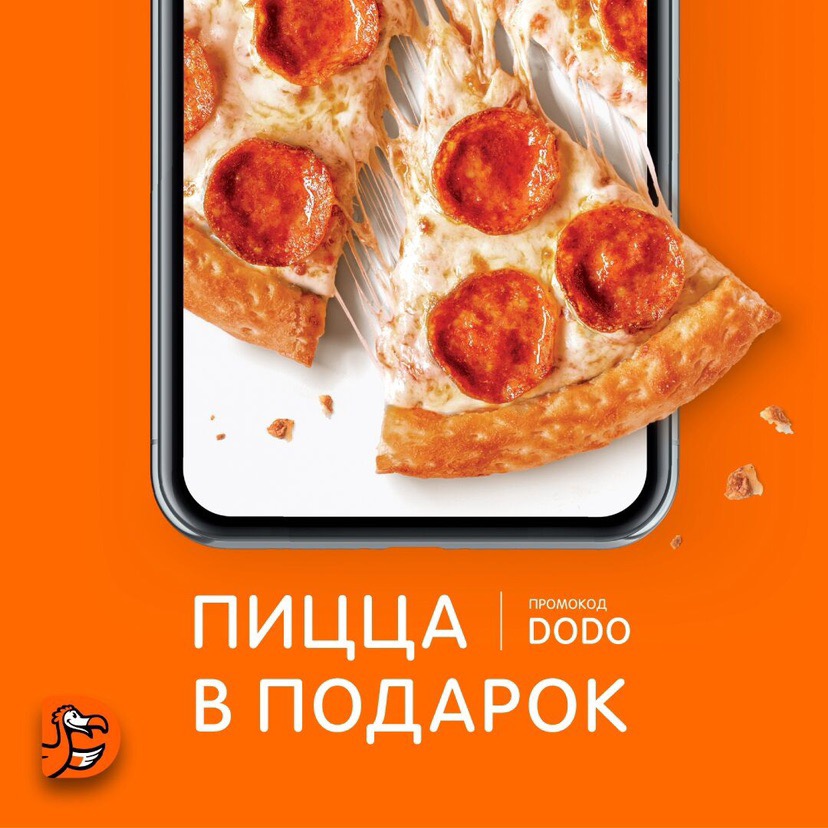 ” Not all of the poems are related to pizza, but many are. We particularly enjoyed the pizza poem version of Goldilocks and the Three Bears. Ages 4+.
” Not all of the poems are related to pizza, but many are. We particularly enjoyed the pizza poem version of Goldilocks and the Three Bears. Ages 4+.
Fiesta con pizza / Pizza Party by Lawrence Schimel
Ana and her friend Brad are making pizza. They roll the dough, spread the tomato sauce, and add lots of cheese. When the pizza comes out of the oven, they cut the pizza into eight slices, giving each of them four slices to eat. But just then, a friend appears and asks if he can eat pizza too. The three friends try to figure out how to divide eight slices among three people. So they bake another pizza and cut it into six slices, giving each of them two slices. But just as they are about to eat, two more friends show up. The story continues in this fashion with the kids trying to figure out how to split the pizza fairly among the people who want to eat. The book lends itself well to math discussions about fractions and dividing objects equally. Plus, this book is bilingual so it can be used for kids learning either English or Spanish. Ages 4 to 10.
Ages 4 to 10.
Pizza Counting by Christina Dobson
This wonderful and colorful book combines some facts and history about pizza with some simple math lessons focused on addition, multiplication, and really, really big numbers. For example, did you know it would take more than 131,000,000 12-inch pizzas to circle the Earth at the equator? Ages 5 to 10.
Let’s Make Pizza by Mary Hill
This non-fiction book features real-life photographs of a girl and her father making pizza. Most steps of the pizza-making process are detailed, from adding each ingredient to putting it in the oven to eating the pizza when it is ready. Ages 2 to 6.
Pizza: The Pie That’s Not a Dessert by Elaine Landau
This non-fiction book discusses the history of pizza as a food for poor people in Italy. I was fascinated to learn that the first pizzas did not contain tomatoes or cheese. Later on, an Italian tavern-owner wanted to make a pizza with the red, white, and green colors of the Italian flag, so he used tomatoes, mozzarella cheese, and basil. The book describes pizza as both tasty and healthy (which I would argue is not necessarily true!). It also describes an easy pizza recipe you can make at home using an English muffin. The book also describes popular pizza toppings in the US and provides several fun facts about pizza in the back. Ages 4 to 9.
The book describes pizza as both tasty and healthy (which I would argue is not necessarily true!). It also describes an easy pizza recipe you can make at home using an English muffin. The book also describes popular pizza toppings in the US and provides several fun facts about pizza in the back. Ages 4 to 9.
More pizza posts from Gift of Curiosity:
- Pizza Do-a-Dot Printables
- Pizza I Spy Printables
You’ll find more resources for learning about pizza on my Pizza Unit Study Pinterest board.
Pete's a Pizza
None What’s a good way to cheer up a son who’s disappointed? Turn him into a “pizza”! Pete’s not happy. He’s stuck at home because of the rain. Now what’s he going to do? His father, wanting to make the best of the situation, starts to make a pizza using his son as the dough. Add some flour (it’s really talcum powder), a dash of oil (it’s really water), and begin to knead. Hmm, what is that giggling? Now some tomatoes (red checkers).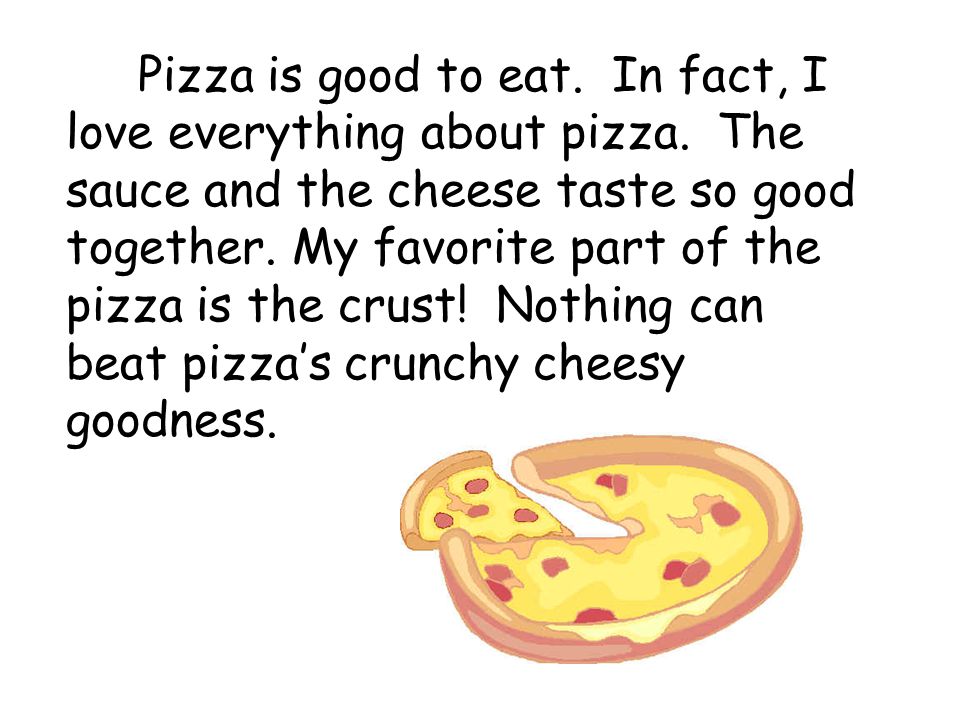 And when the dough doesn’t respond to a question, it gets tickled! Read along to this story about a playful father who finds a creative way to cheer up his unhappy son. What creative way would you use to cheer someone up? show full description Show Short Description
And when the dough doesn’t respond to a question, it gets tickled! Read along to this story about a playful father who finds a creative way to cheer up his unhappy son. What creative way would you use to cheer someone up? show full description Show Short Description Funny Stories
Kids love funny stories! Enjoy our collection of silly short stories that are great for the whole family including favorites like Pete's a Pizza and Superkids: A Sticky Situation.
view all
Superkids: A Sticky Situation
ScrapKins: The Pirates of Smelly Cove
Pirate or Parrot?
Pete's a Pizza
One membership, two learning apps for ages 2-8.
TRY IT FOR FREE
Full Text
Pete's in a bad mood. Just when he's supposed to play ball with the guys, it decides to rain. Pete's father can't help noticing how miserable his son is. “Ah!“ He thinks it might cheer Pete up to be made into a pizza. So he sets him down on the kitchen table . . . and starts kneading the dough . . . and stretching it this way and that. Now the dough gets whirled and twirled up in the air. Next, some oil is generously applied. (It's really water.) Then comes some flour. (It's really talcum powder.) And then some tomatoes. (They're really checkers.) Pete can't help giggling when his mother says she doesn't like tomatoes on her pizza. “All right,“ says his father, “no tomatoes. Just some cheese.“ (The cheese is pieces of paper). “How about some pepperoni, Petey?“ Pete can't answer because he's only some dough and stuff. But when that dough gets tickled, it laughs like crazy. “Pizzas are not supposed to laugh!“ “Pizza makers are not supposed to tickle their pizzas!“ “Well,“ says his father, “it's time for this pizza to be put in the oven.“ “Ah! Now our pizza is nice and hot!“ Pete's father brings the pizza to the table.
Pete's father can't help noticing how miserable his son is. “Ah!“ He thinks it might cheer Pete up to be made into a pizza. So he sets him down on the kitchen table . . . and starts kneading the dough . . . and stretching it this way and that. Now the dough gets whirled and twirled up in the air. Next, some oil is generously applied. (It's really water.) Then comes some flour. (It's really talcum powder.) And then some tomatoes. (They're really checkers.) Pete can't help giggling when his mother says she doesn't like tomatoes on her pizza. “All right,“ says his father, “no tomatoes. Just some cheese.“ (The cheese is pieces of paper). “How about some pepperoni, Petey?“ Pete can't answer because he's only some dough and stuff. But when that dough gets tickled, it laughs like crazy. “Pizzas are not supposed to laugh!“ “Pizza makers are not supposed to tickle their pizzas!“ “Well,“ says his father, “it's time for this pizza to be put in the oven.“ “Ah! Now our pizza is nice and hot!“ Pete's father brings the pizza to the table.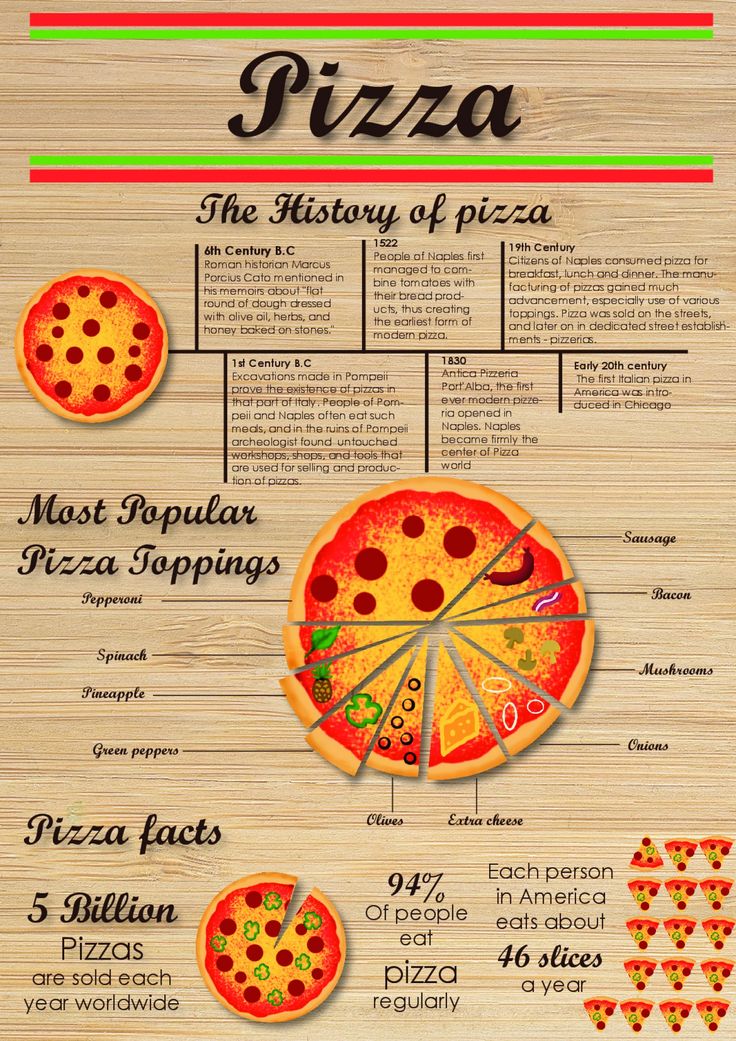 “It's time to slice our pizza,“ he says. But the pizza runs away . . . and the pizza maker chases him. The pizza gets captured and hugged. Now the sun's come out. And so the pizza decides to go look for his friends.
“It's time to slice our pizza,“ he says. But the pizza runs away . . . and the pizza maker chases him. The pizza gets captured and hugged. Now the sun's come out. And so the pizza decides to go look for his friends.
1
We take your child's unique passions
2
Add their current reading level
3
And create a personalized learn-to-read plan
4
That teaches them to read and love reading
TRY IT FOR FREE
Interesting stories about pizza. Pizza delivery from Tokyo City restaurant
TOKYO-City
One of the most famous and famous dishes of Italian cuisine is pizza. Among her fans are people from different parts of the world. They love pizza in Russia too. And all because this dish is tasty and at the same time very satisfying. The popularity of this type of pastry is confirmed by the fact that there are many pizzerias and trattorias in St.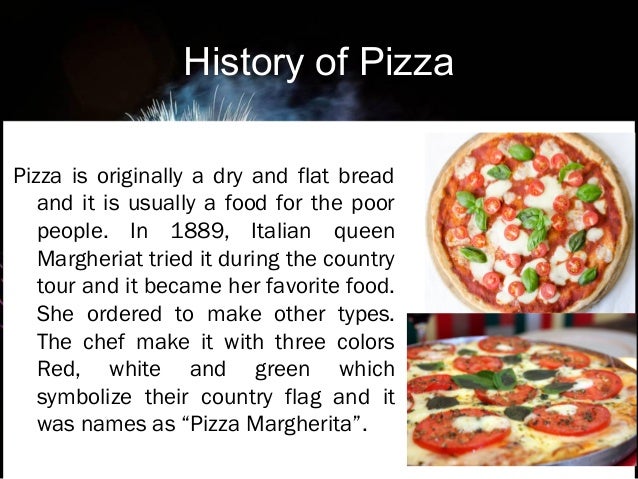 Petersburg, where visitors are offered a variety of options for this dish. Such a service as pizza delivery to the Central District is also in demand - such pastries are made according to the best recipes of Italian chefs. nine0003
Petersburg, where visitors are offered a variety of options for this dish. Such a service as pizza delivery to the Central District is also in demand - such pastries are made according to the best recipes of Italian chefs. nine0003
Ancient Greece is the birthplace of pizza
Everyone has long been accustomed to the fact that pizza is a purely Italian dish. But analogues of this baking appeared much earlier. Long before pizza was baked in the ovens of Naples. In ancient Greece and Persia, for example, flat bread was made with onions, olives, garlic, and butter. And such a dish was very similar to modern pizza. The ancient Greek thinker Plato described in detail and with feeling the cakes that were baked on stones with a filling of greens and cheese. This dish is usually washed down with beer. Today, to enjoy the taste of pizza, it is not necessary to leave the house. You can simply order pizza at home. Any drink is suitable for this dish: soda, beer, juices and, of course, wine.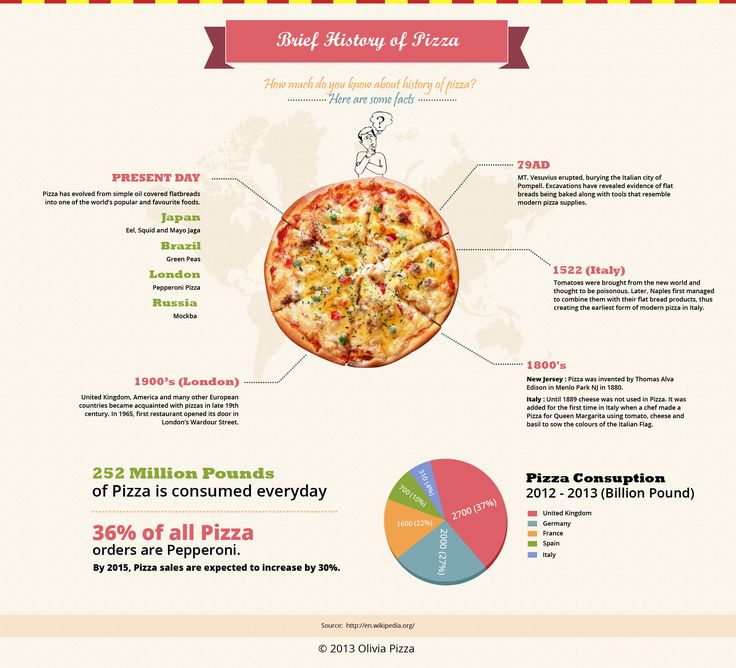 nine0003
nine0003
The fame of real Italian pizza began to emerge about two centuries ago. Initially, Neapolitan bakers prepared such a dish for poor people. In those days, pizza was called seven-day pizza - the poor borrowed food and paid for it within a week. Of course, they could not order food home, like our contemporaries - it would have turned out to be too expensive. The classic pizza recipes - Margherita and Marinara - have survived to this day. The first of them was prepared in honor of the royal family. In such a pizza, ingredients were added that symbolized the national flag of Italy. There is a legend that when the pizzaiolo found out how much the queen admired the taste of this dish, he without hesitation named this type of pizza in honor of the first lady of Italy. nine0003
The popularity of baking today
The popularity of baking today is beyond doubt. Today, pizza is one of the most famous and beloved dishes in the world. Pizza is known on all continents and in almost all countries.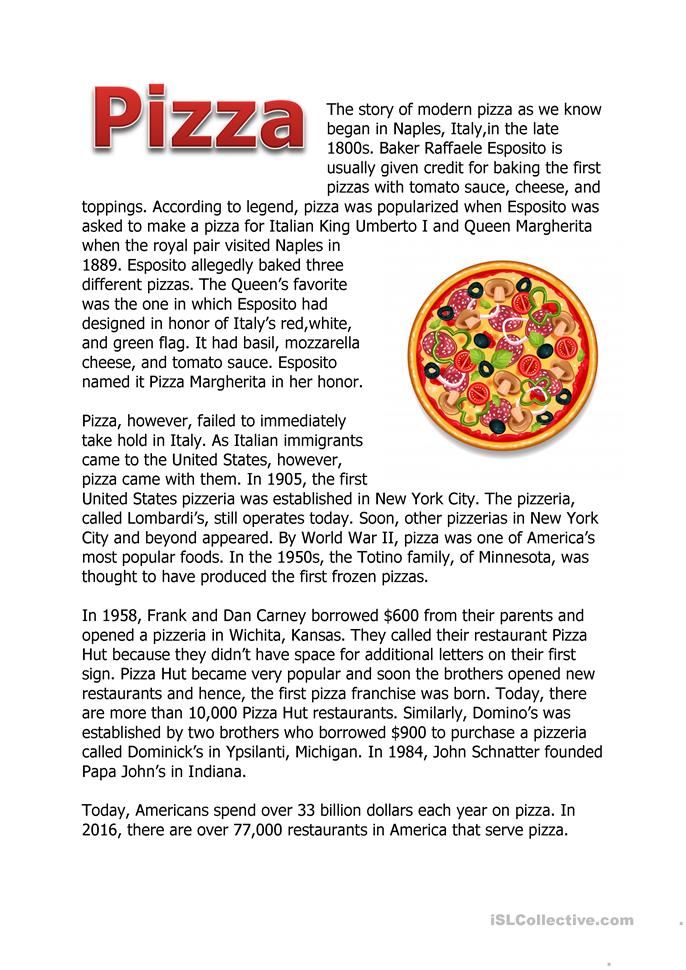 According to statistics, then:
According to statistics, then:
- an average European can eat about 300 kg of pizza a year;
- an American will overcome 46 pieces of this fragrant pastry during the year;
- More than 500 million pizzas are consumed every day around the world, which were prepared in restaurants or cafes. nine0018
Italians are in love with this dish immensely. They even came up with pizza-scented cosmetics. But this outrageous fashion has not yet come out of Italy.
An exclusive gift - Italian pizza
On Valentine's Day in Rome, the owner of one of the pizzerias baked and gave his wife the most expensive pizza called "Royal 007". The ingredients for its preparation were edible gold, venison, caviar in champagne, smoked salmon and lobsters. Needless to say, the wife was delighted with such an unusual gift. nine0003
If you want to please your family and friends with delicious pastries, arrange a hearty lunch or a children's party, order pizza on the TOKYO-CITY website.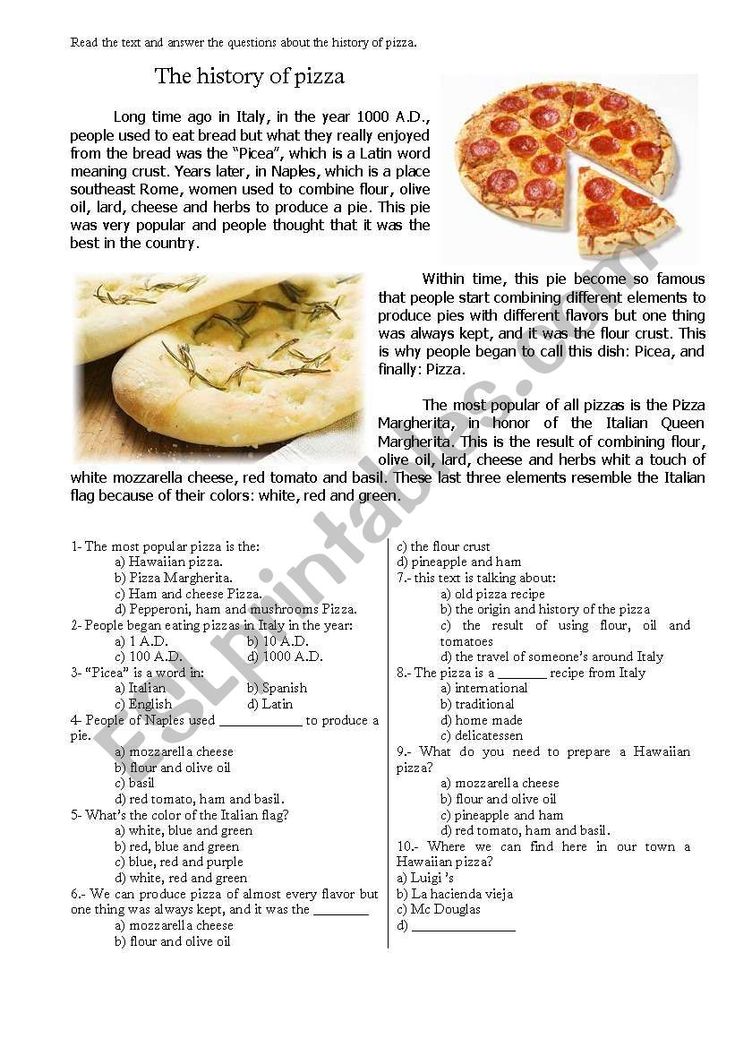 You will be pleasantly surprised by the quality, taste and reasonable prices of our dishes.
You will be pleasantly surprised by the quality, taste and reasonable prices of our dishes.
History of the origin of pizza. Interesting facts
Pizza has a thousand-year history, it is still unknown who first invented this dish. Historians are still arguing about who could become the creator of pizza, however, no one has come to a consensus. Now pizza is considered to be an Italian dish. nine0003
Ancient man learned how to bake cakes. For this, coals and a stone were used, on which the cake was baked. All Mediterranean peoples used this recipe, and then olive oil began to be used. Then the cake was sprinkled with herbs and seasonal vegetables. The same cake served as a plate, which allowed it to become a universal dish in campaigns and work in the field.
The official prototype of pizza is flatbread made in ancient Egypt. About 6 thousand years ago, yeast was invented, and sour dough began to be used in baking these cakes. There are mentions of historians that already in the 5th century, warriors prepared cakes from dough, dates and cheese on their shields.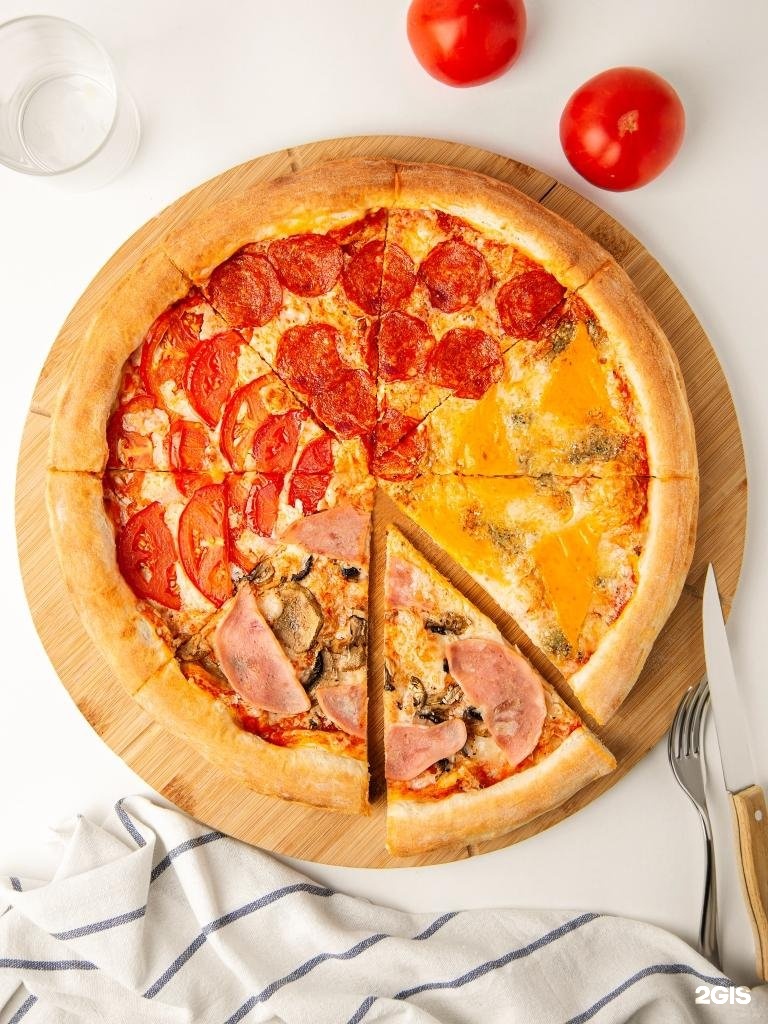 The legendary Etruscans used the same method. Then, according to some sources, this recipe was borrowed by Ancient Greece, and from there it came to Rome, where the official history of this dish begins. nine0003
The legendary Etruscans used the same method. Then, according to some sources, this recipe was borrowed by Ancient Greece, and from there it came to Rome, where the official history of this dish begins. nine0003
It was in ancient Greece that pizza was prepared, which most closely resembles its modern look. The Greeks spread cheese, herbs, onions and other vegetables on raw dough, then poured olive oil on them and baked them in fiery ovens. This dish was called "plakuntos" and was found even in the annals of Plato. He mentioned that the cake was present at a magnificent feast.
For a time, pizza was thought to be food for the plebeians. This was due to the fact that it was very convenient to eat pizza before working in the fields, it satisfied hunger, allowed them to gain strength and did not require much time to cook. In this recipe, almost all available products were used - from vegetables to dried meat. But, later, from the sources of history it became known that the dish was very popular among the nobility.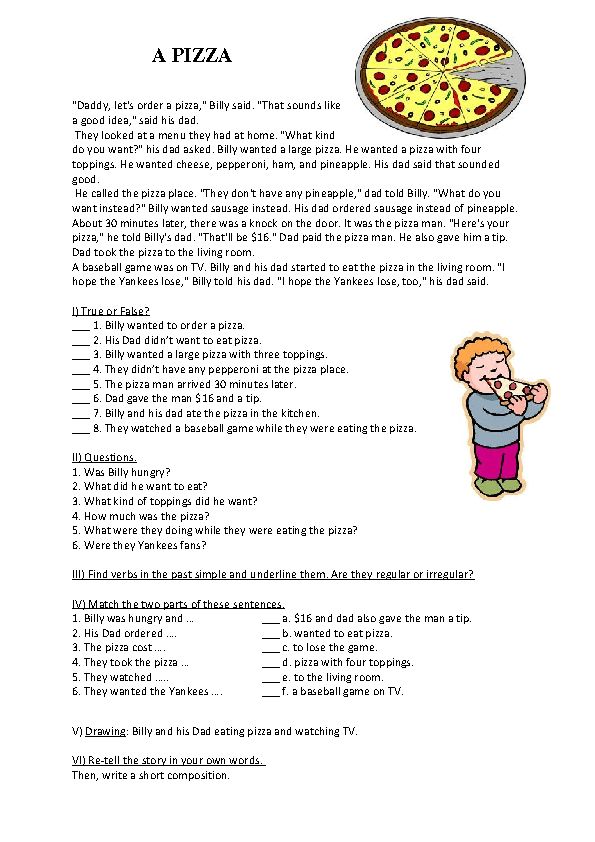 Their pizza had a slightly different recipe, but the essence remained the same - a tortilla with cheese, tomatoes, other vegetables and olive oil. Rustic pizza in Italy was called focazcia. nine0003
Their pizza had a slightly different recipe, but the essence remained the same - a tortilla with cheese, tomatoes, other vegetables and olive oil. Rustic pizza in Italy was called focazcia. nine0003
The ancient Romans already had a different name for this dish - “placenta”. They complicated the recipe by adding bay leaves and honey to the dough. Cato the Elder mentioned a cake with herbs and honey smeared with honey in his treatise On Agriculture. However, there is another version of the appearance of pizza in ancient Rome. It is believed that it was brought by the Roman legionnaires after returning from Palestine and was called "picea".
This theory is confirmed by the remains of a cookbook called "De Re Coquinaria", which was found in the ruins of Pompeii. The author of the book is Mark Gavius Apicius, who lived in the days of early Christianity. This book said that nuts, cheese, chicken pieces, mint, pepper, garlic and olive oil should be placed on the dough, then baked and served chilled in the snow.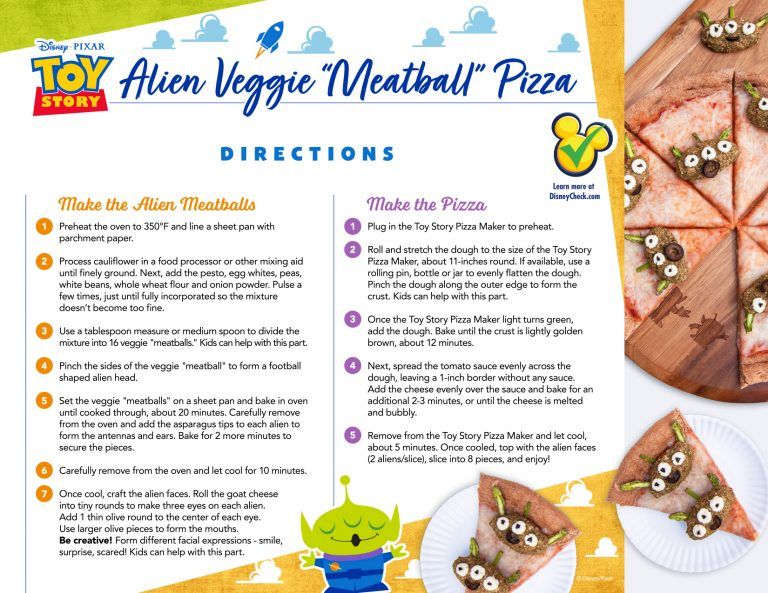 nine0003
nine0003
There are a lot of rumors about the history of the appearance of pizza, so Norwegian scientists hypothesized that the prototype of pizza was invented by the Vikings, who cooked cakes on ships using recipes similar to pizza. They had special pans that helped prepare this dish using meat, vegetables and fish.
The history of pizza as we know it today began in 1522. At that moment, tomatoes were brought to Europe, which at first were considered poisonous. Among people, tomatoes were called the "devil's berry", and for a long time the nobility refused to eat them. However, the Neapolitan poor soon realized that the product was quite edible and had good taste, and began to use tomatoes as a pizza topping. nine0003
Already in the 17th century, pizza was a pastry topped with olive oil, cheese, tomatoes, herbs and bacon. It was prepared by special chefs, who were called "pizzaioli". By the way, this definition for masters has been preserved to this day. Bakers of that time baked pizza from early morning, which was in great demand among sailors returning in the late evenings.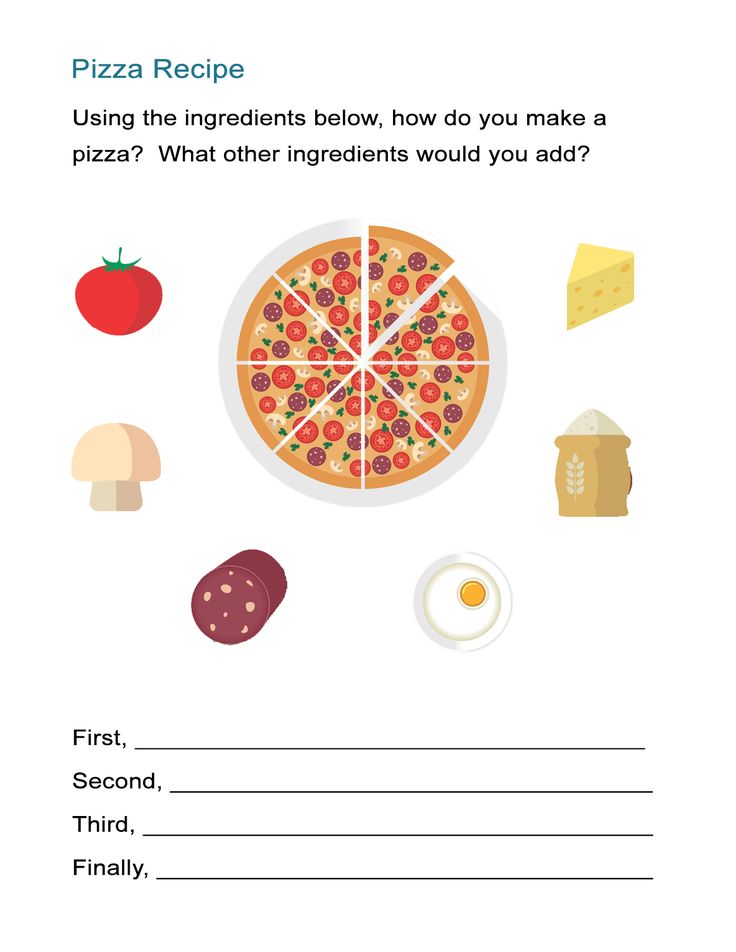 At the same time, fresh seafood began to be actively used in pizza.
At the same time, fresh seafood began to be actively used in pizza.
In the 18th century, pizzerias began to appear, which had a special oven and a marble bench for cooking. Tables were set up in the same room, and ready-made pizza was sold in the windows, which customers could take with them. Around the same period, pizza began to appear on the tables of the nobility. The wife of the king of Naples even ordered that a special oven be built in the summer residence for this dish, which she later treated to royal guests. nine0003
Pizza culture flourished in the 1870s, when many dwarf states united. A single state of Italy was formed, in which the fashion for certain things spread throughout the country. Ultimately, this led to the fact that pizza became popular not only in Naples, but also in all other territories. By the way, an interesting fact: the pizza recipe in different regions was completely unique. So, for example, Roman pizza to this day has a thin and crispy dough, while Neapolitan pizza is softer and more crumbly.